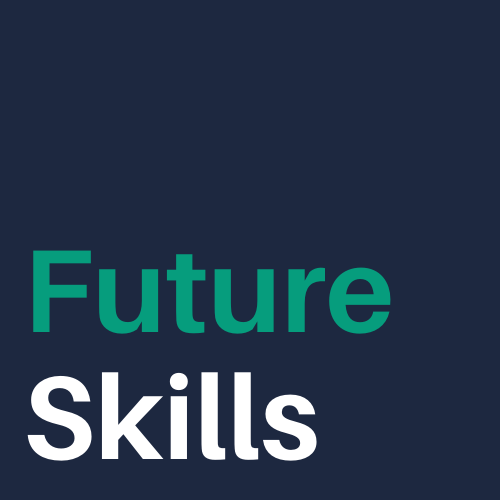
In my last role I talked with MBA recruiters about their hiring needs on the regular. When I asked what they were looking for in a candidate the most common answer was: people that can work with data. The need for data-savvy candidates spanned industries and roles. An MBA doesn’t guarantee someone has experience working with data. At the time MBAs were still trying to upgrade their curriculum to include this skill. Yet overwhelmingly hiring managers wanted people who understood how to work with data. These conversations happened in 2016. Now the need is even greater.
Data powers modern organizations. Your ability to identify relevant data, evaluate it, work with it, and communicate what actions to take based on it, is crucial to staying relevant in the business world. And this isn’t just for MBAs – this goes for anyone working in a business organization.
Thankfully you don’t have to be a data scientist to work with data. There are plenty of data-based opportunities that aren’t as hardcore as a data scientist. Some of those opportunities are summed up nicely in this HBR post, You Don’t Have to Be a Data Scientist to Fill This Must-Have Analytics Role
Companies have widened their aperture, recognizing that success with AI and analytics requires not just data scientists but entire cross-functional, agile teams that include data engineers, data architects, data-visualization experts, and — perhaps most important — translators.
Data translators are exactly what they sound like: people who can translate data into meaning. These are the employees who bridge the “technical expertise of data engineers and data scientists with the operational expertise of marketing, supply chain, manufacturing, risk, and other frontline managers.” They’re natural communicators and collaborators. They adapt and understand business goals across teams. Data translators have major soft skills with a solid foundation in analytics. They’re are also highly employable. IBM estimates that by 2020 over 2 million analytics roles will need to be filled. Those organizations are going to need a shitton of data translators.

According to the HBR article above, the best hires come from inside the organization. This means you’ve got a chance at positioning yourself for this future-proof role.
If you’re not using data in your current job you have two options: find another role so your skills remain relevant or create your own data translator role within your department. This is a new, evolving role. Data translators may not currently exist in your organization. Or they may exist but operate under a different job title.
Prepare for the role by exploring opportunities inside your organization to work with data. Get to know your data science team (if there is one). Start a conversation with your boss about your involvement in data-driven projects. Ask about the departments goals. Ask which data is already analyzed and used to support business goals. Identify which data-driven projects exist on your team and then find a way to get involved or at least shadow the project. Create your own data viz project by watching YouTube videos about Tableau and using relevant data from your department. Present to your team about your findings. Then identify a department that you collaborate with regularly. Get to know their business goals and how they work with data to make strategic decisions. The ideal data translator works seamlessly across departments. Getting to know the people in other departments – as well as their business goals – will position you well for any data translation job. Also, you can supplement all of this with online courses. Coursera and FutureLearn have excellent options.
Your ability to work with data is a must-have skill. You need it if you want to move up. But you also need the skill to ensure your relevance in the next 5 years of workplace evolution. If you don’t have the skills and experience to work with data this is the time to start upskilling and adding data analytics to your skill collection.
